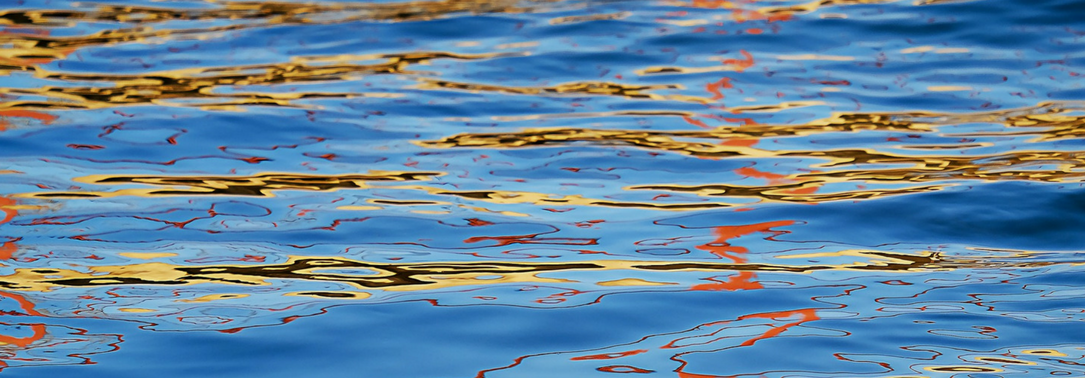Blog
How To Filter Rainwater For Drinking?
- May 7, 2021
- Posted by: ptbloguser
- Category: Plastic Water Storage Tank
- No Comments

Rainwater harvesting started a long time ago for different purposes such as drinking, washing, feeding animals, watering plants, etc. Global warming is on a continuous rise leaving behind several adverse effects on our planet Earth. Water bodies are depleting, the population increasing, and pollution has been pulsating. Therefore it becomes our responsibilities to ave our planet in as many ways as we can. Through rainwater harvesting, we can provide a partial solution to the problems posed by water scarcity. But rainwater is not safe for drinking. Rainwater needs to be treated and filtered before using it for drinking purpose.Let us see how.
UV Treatment
This is one of the most effective and expensive methods to filter rainwater. The UV light works by penetrating an organism’s cell walls and disrupting the cell’s genetic makeup making it impossible to reproduce and rendering it harmless. It does not change the chemical composition of the water and leave behind no by-products. For Uv to be effective, the right dose of light must be used for a specific unit of water.
Chlorine and Iodine
Using chorine is a much more cost-effective method to filter rainwater. It has been used since long in many households to disinfect water. For rainwater filtration, use 203 fluid ounces of chlorine per 1000 gallons of water. The quantity of water, temperature and pH level also needs to be taken into consideration. Use an activated charcoal or carbon filter to remove the taste and smell of chlorine from water. Iodine is very similar to chlorine and can be used in the same manner and quantity.
Solar Pasteurization
This is one of the more labor-intensive purification processes, unlike all other methods. Fill a Ziploc bag with the rainwater, place the bad on two feet of aluminum foil, and the shiny part on a sunny place in your home. Let the bag stay heated under the sun for several hours and should remain at about 160 degrees Fahrenheit or higher. Therefore the waterborne bacteria are eliminated from the water.
Boiling the Water
This method is known to all of us. Simply boil rainwater for 10 to 15 minutes to kill the bacteria. In case of rainwater, pump the water into a geyser where it can boil and then be stored into plastic water storage tanks for later use. Make sure to let the water cool down before storing it.
Start saving rainwater and follow one or more of the above methods to purify and filter rainwater for all domestic and commercial purposes. Install a good quality plastic water storage tank from the house of Penguin Tank to store rainwater after filtering and disinfecting. Let’s save our planet.





